Is this BBC adaptation of a children’s Christmas ghost story an under-appreciated classic?
1986 was a year that stands out for me for as a time of highs and lows and personal change. I was in the Spring and Summer terms of my second year at comprehensive school and I had started to become more aware of the wider world and issues within it.
“THE WORLD DOESN’T ALTER EVERY DAY.”
I can clearly remember January 28th. As a sci-fi fan and having a keen interest in the space program I had come home from school expecting to watch footage, from earlier that day, of the successful launch of the 25th Space Shuttle mission (STS-51.)
Instead I tuned into the news to witness the unthinkable: the Space Shuttle Challenger disintegrate on take-off. It was a routine transportation for Earth-to-orbit crew and cargo and was planned as the first Teacher in Space Project , in addition to observing Halley's Comet for six days, the mission never achieved orbit. A structural failure occurred 73 seconds after launch, killing the crew of seven astronauts, including schoolteacher Christa McAuliffe. It was a disaster that would mark the beginning of the end for the shuttles.
February saw two more space related events; Halley’s Comet made its second visit to our solar system in the 20th century (the first was in 1910) where it reached its perihelion, the closest point to the Sun. In the same month the Soviet Union launched the Mir space station.
April brought more disaster; this time it was the Chernobyl incident. The mishandled safety test at the Nuclear Power Plant in Pripyat, Ukrainian SSR, Soviet Union “killed at least 4,056 people and damaged almost $7 billion of property". Radioactive fallout from the accident was concentrated near Belarus, Ukraine and Russia and at least 350,000 people were forcibly resettled away from those areas. After the accident, "traces of radioactive deposits unique to Chernobyl were in nearly every country in the northern hemisphere". I can recall being really quite scared that we would be affected by this fallout.
June saw the FIFA World Cup kick-off in Mexico. The most devastating match for England was against Argentina with Diego Maradona scoring one handball goal (nicknamed the "Hand of God") and then dribbling past the entire English football team to score a second goal (nicknamed "The Goal of the Century") with Argentina winning 2–1. They went on to defeat West Germany 3–2 to win the tournament in Estadio Azteca in Mexico City.
July was a time for celebration in the UK as Prince Andrew, the Duke of York, married Sarah Ferguson at Westminster Abbey in London. I can remember watching this as it was the day before my birthday and I had broken up from school for the six-weeks summer holiday (always a high point for me!) Street parties were the order of the day and the country seemed to be a happier place.
“SO, YOU’VE COME BACK… I’D WONDERED WHOSE FACE IT WOULD BE, OF ALL THE FACES I’VE KNOWN, THEY ALWAYS COME BACK.”
That Autumn I returned to school in my third year. This would be the year I would make choices for which GCSEs I would study and in effect potentially set my future pathway. I feel this was also the point at which I had started to watch slightly more adult films and television shows as well as read books in English Literature that opened my eyes to more adult themes. However, I was still watching children’s television programmes as well. It was a strange mix of Black Adder II, The Really Wild Show, Doctor Who (The Trial of a Time Lord), Top Of The Pops, Naked Video, Moonlighting, The Equalizer etc.
The Christmas present list that year reflected this as well. Palitoy/Kenner Star Wars toys had been a regular feature since 1978 but 1985 had seen the last of these being released, Transformers were the new but short-lived replacement, and the new Autobot Leader Ultra Magnus (from Transformers the Movie) was top of the wanted charts but I had also wanted things like records, computer games and clothes.
And that sets the scene – I still needed the comfort blanket of children’s television. This particular BBC mini-series that was shown in the run up to Christmas in 1986 has became a firm favourite and one that I revisit every year. It is a show that I hold in the same regard as The Box Of Delights (Please check out my blog about that show from last year: http://www.geekforce.co.uk/tv/the-wolves-are-running-perhaps-you-would-do-something-to-stop-their-bite/) and it is another adaptation of a well-loved children’s book. The Children of Green Knowe was first broadcast on Wednesday 26th November in the 5pm slot on Children’s BBC, and ran for the next month.
“I’M WAITING TOO. TO SEE WHAT HAPPENS, NOW YOU’RE HERE. SOMETHING WILL, I’M SURE.”
This four-part series has grown in popularity, and standing, over the last few years as more and more have discovered it, or rediscovered it, since it was released (officially) on DVD in 2016. We were fortunate enough to have procured a copy a couple of years before this. In fact my brothers and I sat down to watch the copy (transferred from a home recorded VHS that someone had had the foresight to make at the time of broadcast – please note it is cert.15!) during the Christmas of 2014.
From the moment we rewatched the opening titles it brought back happy memories of those Autumn and Winter nights leading to the Christmas holidays when it seemed that children’s dramas were created with the magic of the season in mind.
The opening is incredibly atmospheric and simply shows a wooden rocking horse against a black background. The memorable title music was composed by Peter Howell and is both familiar and comforting and whilst somehow bringing a sense of intrigue.
For this adaptation of Lucy M. Boston’s 1954 novel, producer Paul Stone (also responsible for ‘The Box of Delights’and who went on to produce ‘Moondial’ and ‘The Chronicles of Narnia’ adaptations for the BBC) employed a young, unknown American screenwriter named John Stadelman who faithfully brings the characters and situations to the screen. The production is greatly enhanced by veteran director Colin Cant at the reins.
It starred a brilliant ensemble cast that capture the characters perfectly.
The main cast is made up of 12 year old Alec Christie who is wonderful as Tolly and whose performance captures such a range of emotions from wide-eyed wonder to outright fear. It is he who carries the entire series and sells it. Daphne Oxenford plays Mrs. L. M Oldknow; the kind and motherly great-grandmother who sees in Tolly something of herself and of his forebears. She works as his guide and also for the viewer too via her knowledge and stories. Character actor George Malpas is the groundsman and handyman Boggis, whom Tolly takes an immediate shine to and, in some ways, is a fatherly figure to him.
“NOW MAKE UP A GREAT BLAZE TOLLY AND I’LL TELL YOU A STORY.”
Young actors Graham McGrath, Polly Maberly, and James Trevelyan play the key characters of Toby, Linnet and Alexander. These are Tolly’s ancestors who lived briefly during the reign of King Charles II and who Tolly becomes fascinated with from the moment he sees a picture of the Oldknow family from this period. His great-grandmother’s stories; of Toby’s horse Feste, how Alexander got his flute and Linnet’s sighting of St. Christopher’s statue come to life, fuel his curiosity and ultimately his meeting with the three friendly spirits.
The rest of the cast features Heather Ramsay as Mother Oldknow, Bev Willis as Captain Oldknow, Joan Ogden as Granny Oldknow, Brian Osborne as the taxi driver, Yvette Byrne as Miss Spud the boarding school headmistress, , Danny Schiller as Gabrieli, Iain Rattray as King Charles II, Gordon Kane and Ann Tirard as gypsy Black Ferdie and his mother Petronella, Peter Poll as St. Christopher, Mark Vella as the stone child, Peter Hughes as the doctor, and Virginia Courtney and Meg Ritchie as the two ladies on the train.
“IN THIS HOUSE, EVERYTHING IS TWICE.”
The show tells an unusual story. Usually having to spend his holidays at the boarding school he attends, Toseland “Tolly” is sent to live with his maternal great-grandmother at Green Knowe, the long-time family seat of the Oldknow family. Toseland’s mother is dead and his father has remarried. The two of them now live in Burma, his “new mother” refers to him as Toto which he hates. It is obvious that Tolly is not on their list of priorities and implied he has been left behind due to his mother’s death. His great-grandmother has recently learnt that he is in England and wants him back at the ancestral home.
Tolly arrives as the land is flooded and he imagines that the “castle” he will reside in is Noah’s Ark. It becomes obvious that for Tolly this does become a sanctuary and saviour of sorts.
At first, it appears that the only residents are Mrs Oldknow and her handyman Mr. Boggis, but Tolly soon realises that there are other people in the house: long dead ancestors that he can hear but not (yet) see.
While she tells him stories of his ancestors, he begins to see the spirits of three children. His relatives Toby, Alexander and Linnet, lived in the house during the Restoration in the 1660s and, that we, along with Tolly, discover died from the bubonic plague (1665-66).
Tolly also encounters the statue of St. Christopher carrying the infant Jesus and the demonic tree “Green Noah”; part of a gypsy curse put on the family by Petronella.
It is these stories and vignettes that make the series fascinating and that lead to the finale in which Tolly faces his fears and the Oldknow curse is finally put to rest.
The production is incredibly detailed as you would expect from the BBC. The costumes and settings are immediately identifiable as 1950s, 1660s and 1800s.
“GREEN NOAH, DEMON TREE, EVIL FINGERS CAN’T CATCH ME!”
As well as period pieces another genre the BBC specialised in was ghost stories and The Children of Green Knowe evokes the MR James and other Christmas ghost stories which they produced, perhaps much more strongly than the other children’s adaptations. There are a couple of moments that are genuinely quite spooky and scary. However, the ghostly children’s appearances and interactions with Tolly (and Mrs. Oldknow) become more frequent, and the stories about their lives are told in such a way that Tolly becomes ever more curious and accepting of their presence and confident in their good intent and desire to be friends. As the viewer sees this through Tolly’s eyes and experiences, so they go on the same journey with him.
It seems that not so many people remember the series as do The Box of Delights and I think this was because it was not promoted in the same way. I certainly cannot remember it being featured on Blue Peter or gracing the cover of the Radio Times. I do recall trailers for it but it seems to me that we almost stumbled across it. It was definitely a show that, at the time, I would not be talking to friends about even though I suspect they watched it too.
“PERHAPS CHRISTMAS IS YOUR LUCKY DAY.”
The final episode went out on Wednesday 17th December. That night we watched the finale and were not disappointed. As it ended my mum rushed my 9 year old brother back to school. He had to get changed for his part in the school Christmas production, which incidentally was a BBC Music Workshop production by R. D. Ward, entitled The Sleeping Beauty. He was a rugby top and tutu wearing fairy and was to sing and dance to “The Fairy Flying Squad” (he was in his penultimate year at primary school). Watching him perform in this very funny parody is something I will always remember.
On the Friday we broke up from school for the fortnight Christmas break and I would spend that precious time with my parents, my grandparents and my brothers celebrating in ways that had become traditional for us.
I finally read Lucy M. Boston’s novel this year. It is a very quick read and is very much of the period; for me it was more accessible than Masefield’s Box of Delights (which I had enjoyed reading last Autumn) and seems more akin to the tone of Helen Cresswell’s Moondial or The Secret World of Polly Flint, but with the pace of Blyton. For a book of 195 pages it crams a lot in and we get to know the characters and care about them very quickly.
As I have said it was a time of change in so many ways and for me The Children of Green Knowe encapsulates this as a sort of coming-of-age story. It is a children’s fantasy but it carries with it some adult themes of loss, death and isolation. It is slightly unnerving and mysterious and it deals with a child who is still full of wonder and imagination but who has insecurities and who, ultimately, has to face their fears as their world gets wider.
Mirum in Nativitate Domini et meliores MMXXII,
Gary




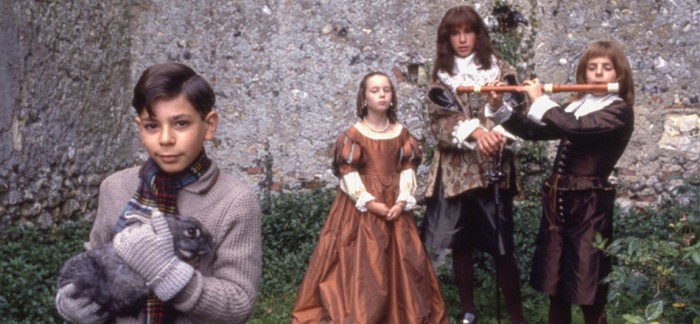
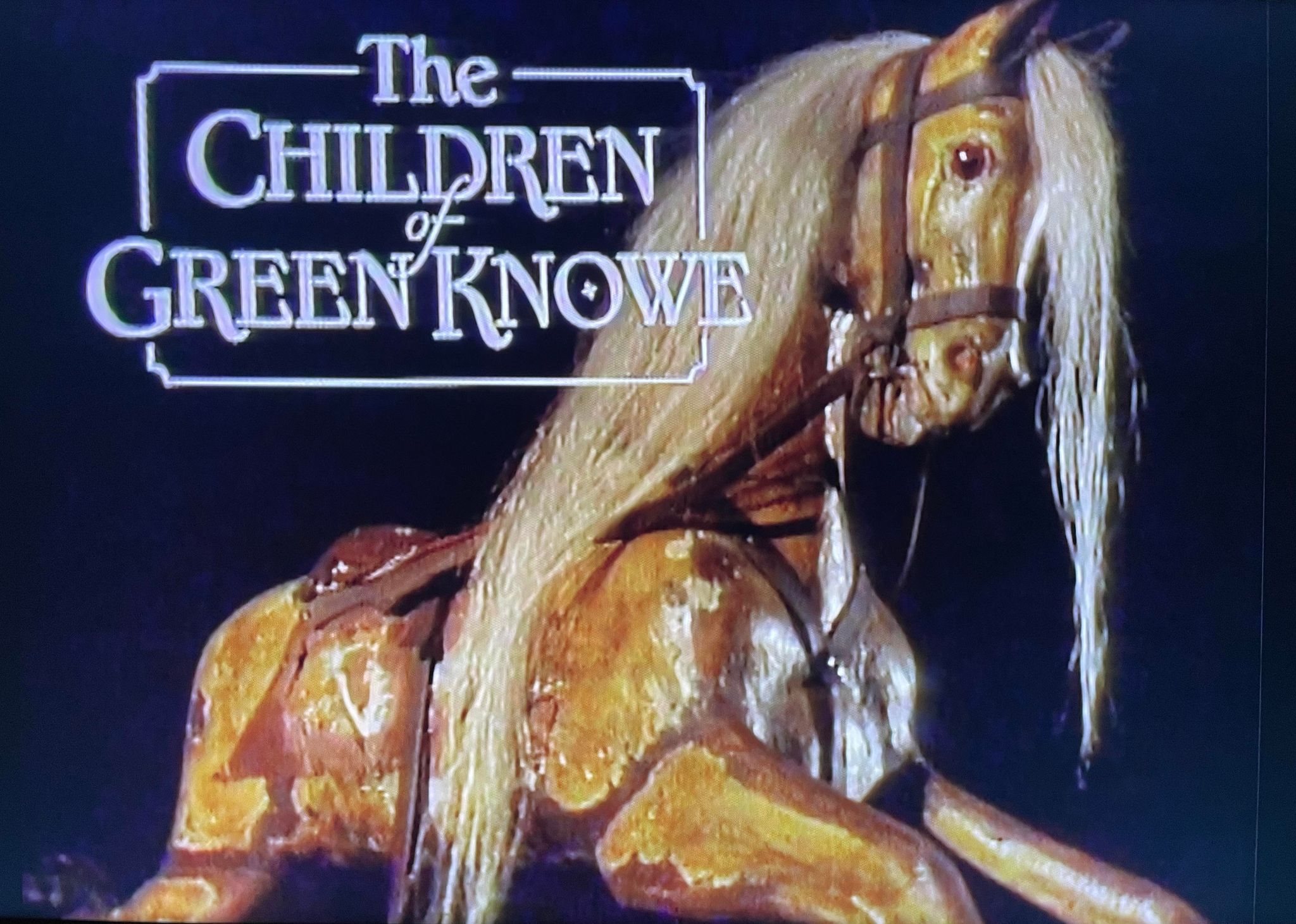
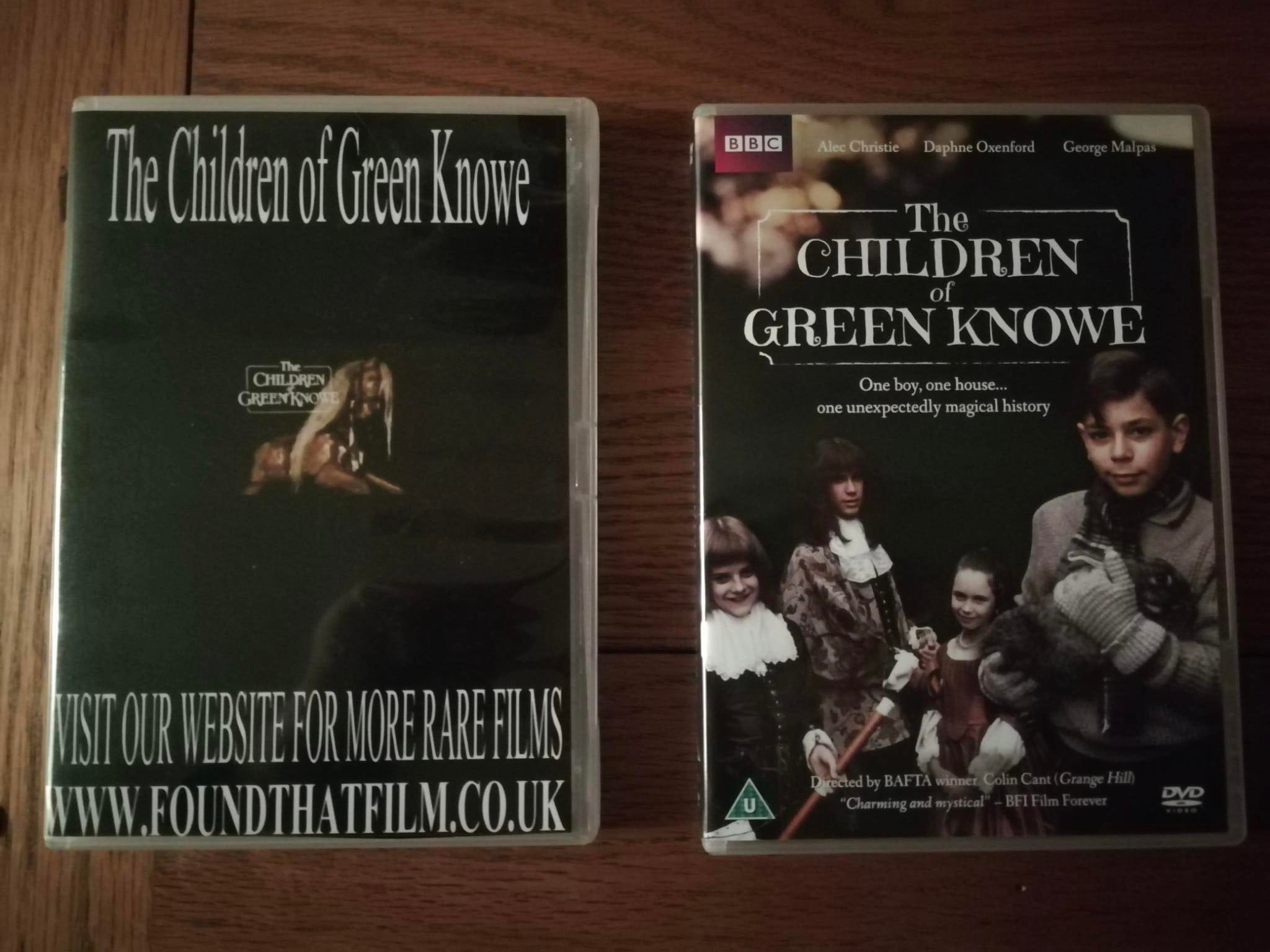
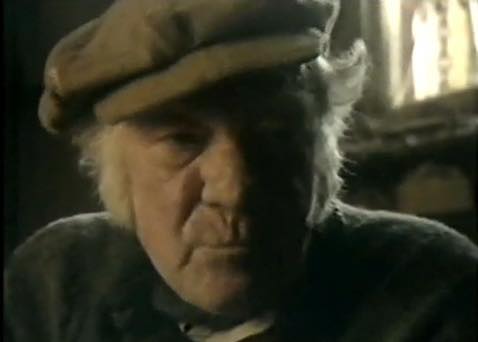
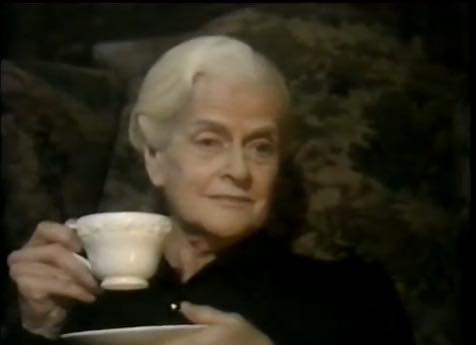



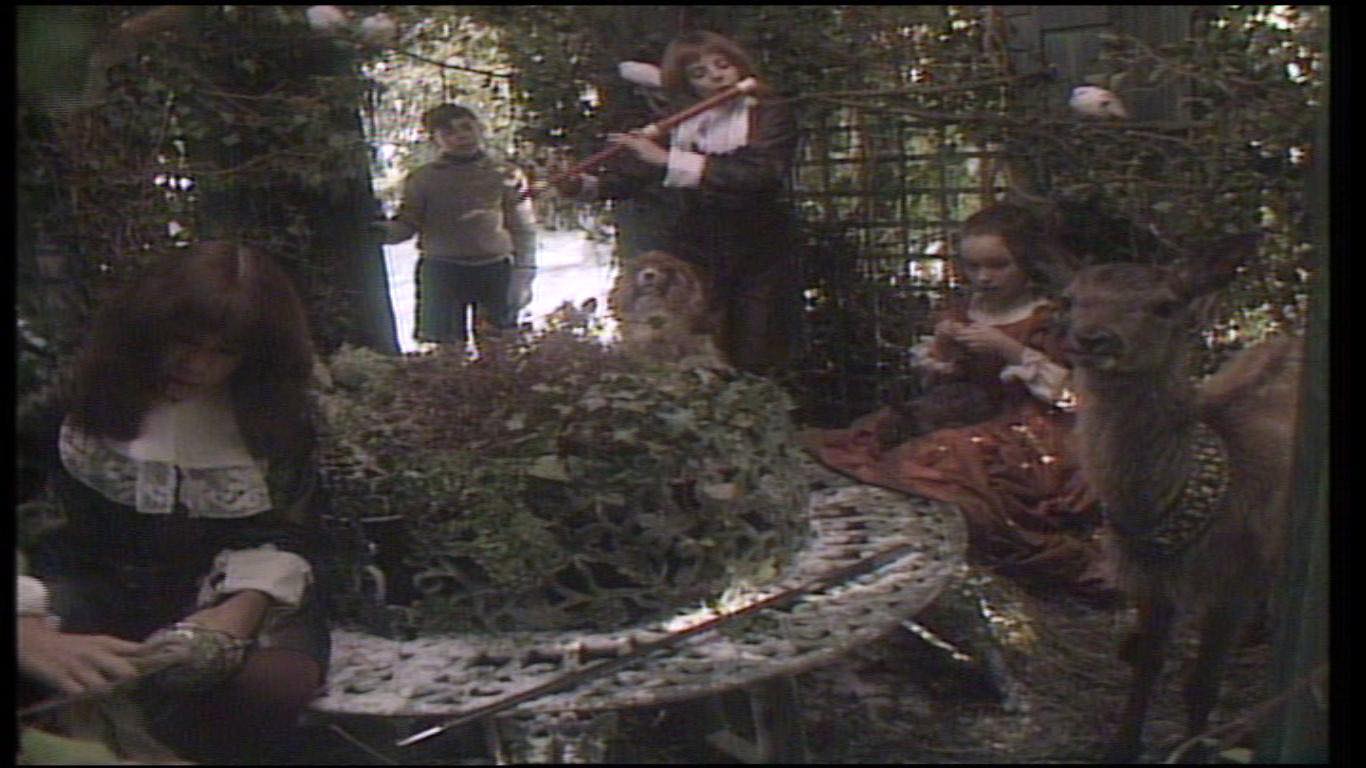


What a fantastic read. I’m little younger than you but you brought back so many memories. I was lucky enough to be exactly the age to unashamedly enjoy this show and the series of books it’s based on. They shaped a lot of my childhood. Thank you for such a lovely piece!
Thank you Sandra for the wonderful comment. I’m glad that it bought back memories for you, this is what we always try an aim for with our blogs. Once again thank you it means a lot.